Fire Restoration Services
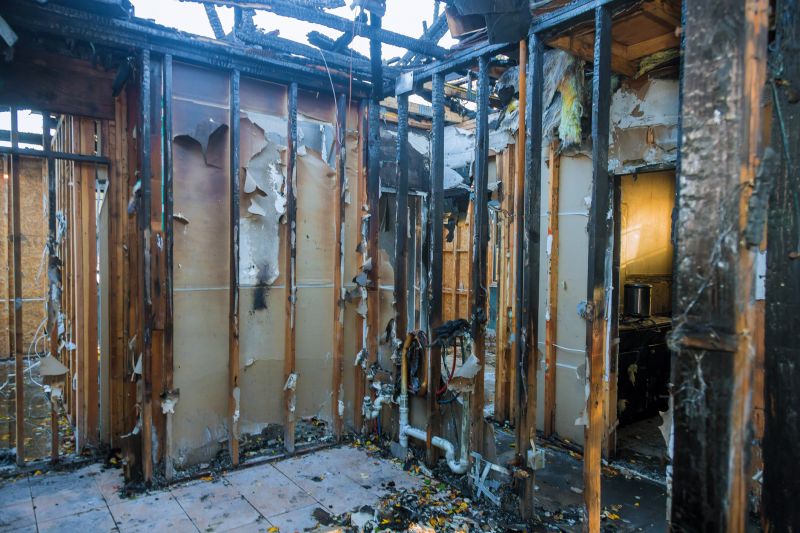
Spring is often ideal for fire restoration projects due to moderate weather conditions and lower humidity levels.

Summer can be suitable for fire restorations, especially in regions with dry weather, but high temperatures may pose challenges.

Fall offers cooler temperatures and less humidity, making it a good time for thorough restoration work.

Ways to make Fire Restorations work in tight or awkward layouts.
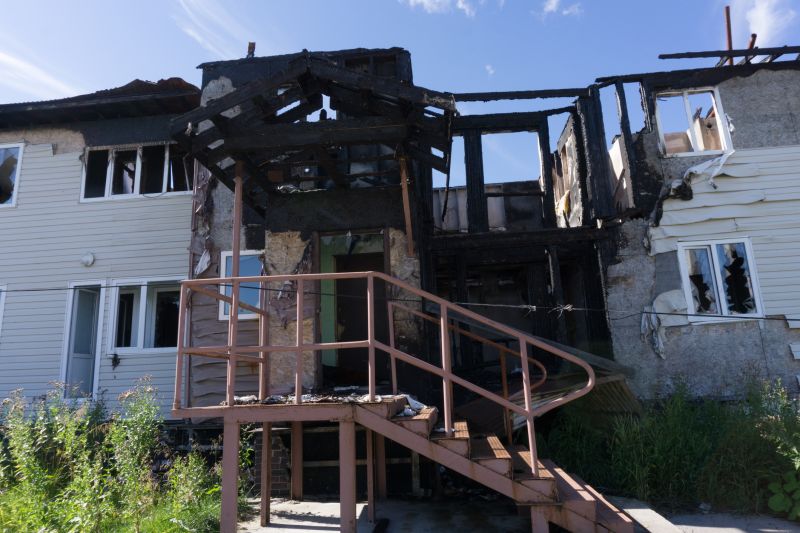
Popular materials for Fire Restorations and why they hold up over time.

Simple add-ons that improve Fire Restorations without blowing the budget.
Fire restorations involve repairing and restoring properties damaged by fire, smoke, and soot. The process includes cleaning, structural repairs, and odor removal. Timely intervention is crucial to prevent further damage such as mold growth or structural weakening. Statistics show that prompt restoration can significantly reduce recovery costs and restore property value efficiently.
Restoration professionals assess the extent of fire and smoke damage, using specialized techniques to restore the affected areas. The right timing ensures optimal conditions for cleaning and repairs, leading to better outcomes. Weather conditions, humidity levels, and seasonal factors influence the success and scheduling of fire restoration projects.
Addressing fire damage quickly helps prevent secondary issues like mold and structural deterioration.
Weather, humidity, and fire severity influence the best time to undertake restoration.
Planning restoration during favorable seasons ensures better results and reduces delays.
High temperatures, humidity, and weather disruptions can impact restoration schedules.
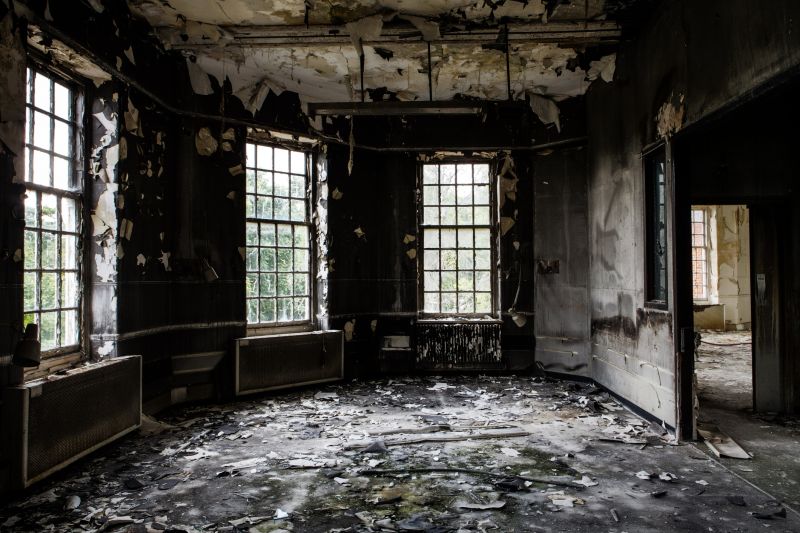
Professionals evaluate the extent of damage to determine restoration needs.
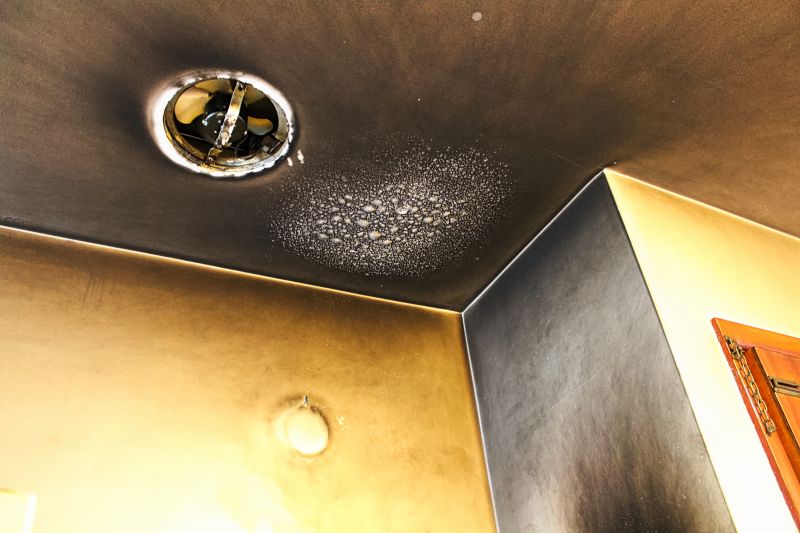
Specialized techniques remove smoke residues and odors from affected areas.

Restoring structural integrity is essential after fire damage.
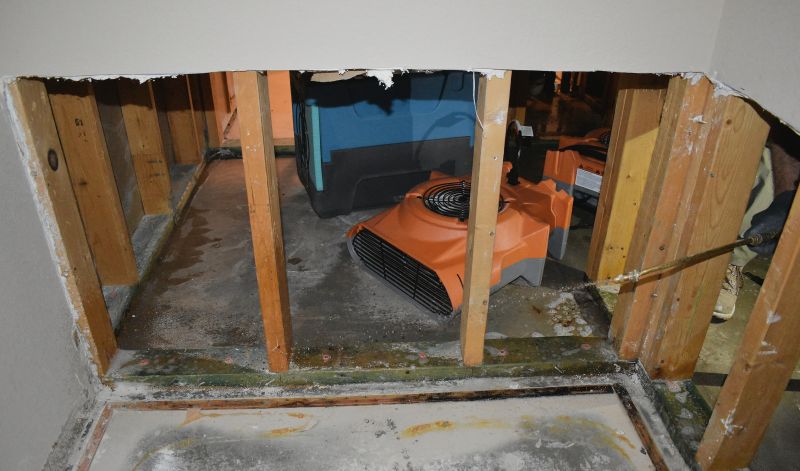
Advanced deodorization methods ensure a clean, fresh indoor environment.
| Season | Ideal Conditions |
|---|---|
| Spring | Moderate temperatures, lower humidity |
| Summer | Dry weather, high temperatures |
| Fall | Cooler temperatures, less humidity |
Proper timing for fire restorations enhances the effectiveness of cleaning, repairs, and odor removal efforts. Seasonal considerations help optimize resource use and minimize project delays. Consulting with restoration professionals can determine the most suitable period based on specific damage and local climate conditions.
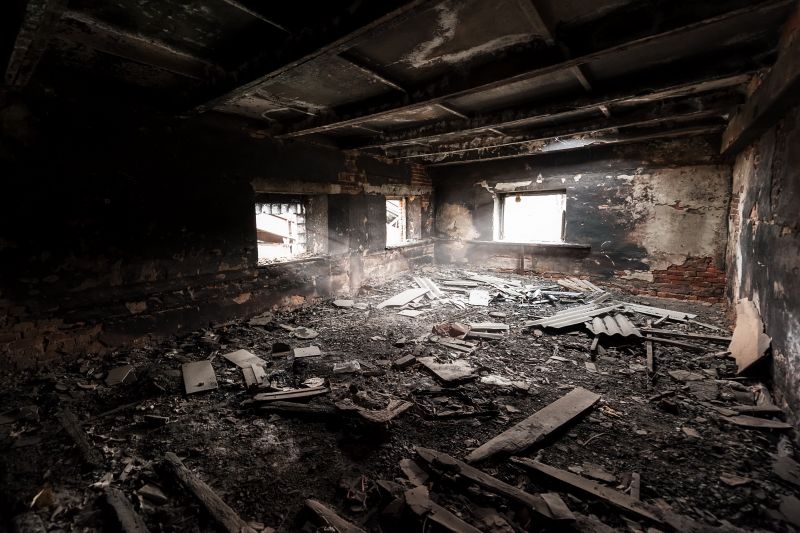
Fire damage often includes charred materials, smoke residues, and structural harm.
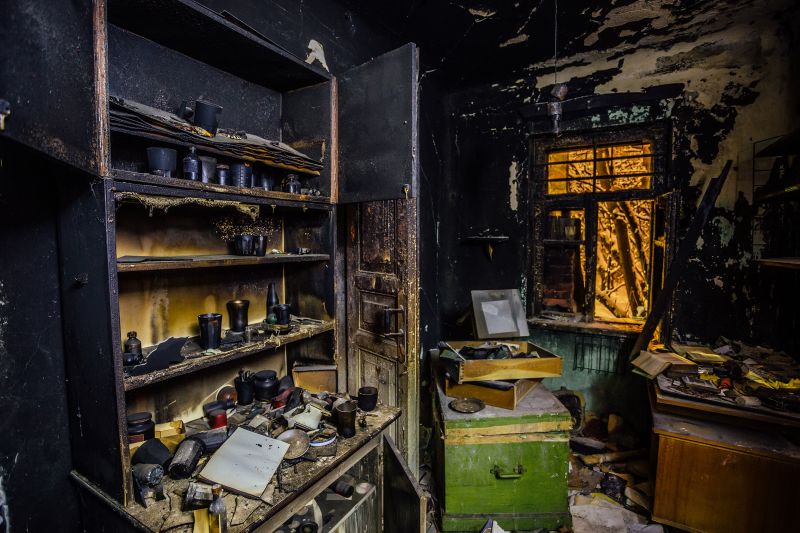
Cleaning, repairs, and odor treatments are part of the restoration workflow.

Properties are restored to safe, habitable conditions with minimized damage.
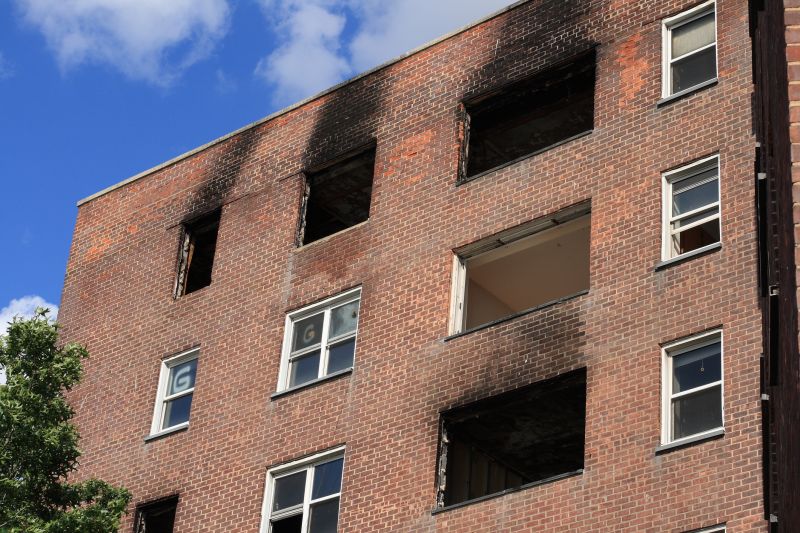
Installing smoke detectors and fire-resistant materials can reduce future risks.
Interested parties are encouraged to contact for more information about fire restoration services. Proper planning and timely action can help restore properties efficiently and effectively after fire incidents.
